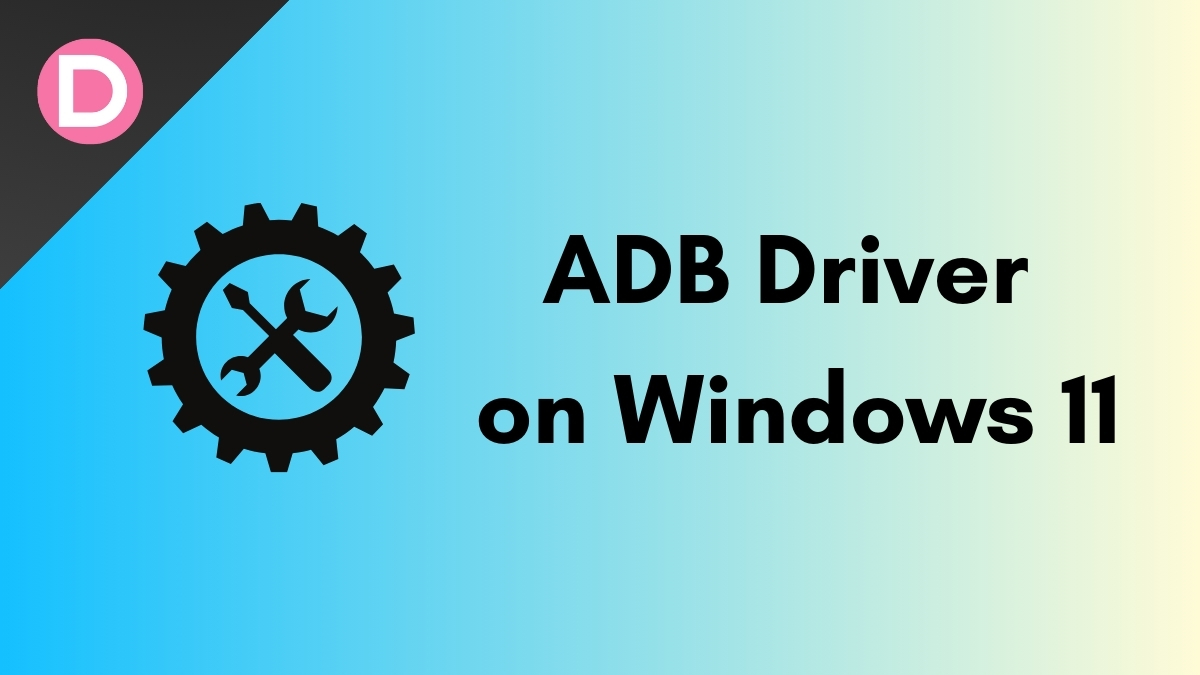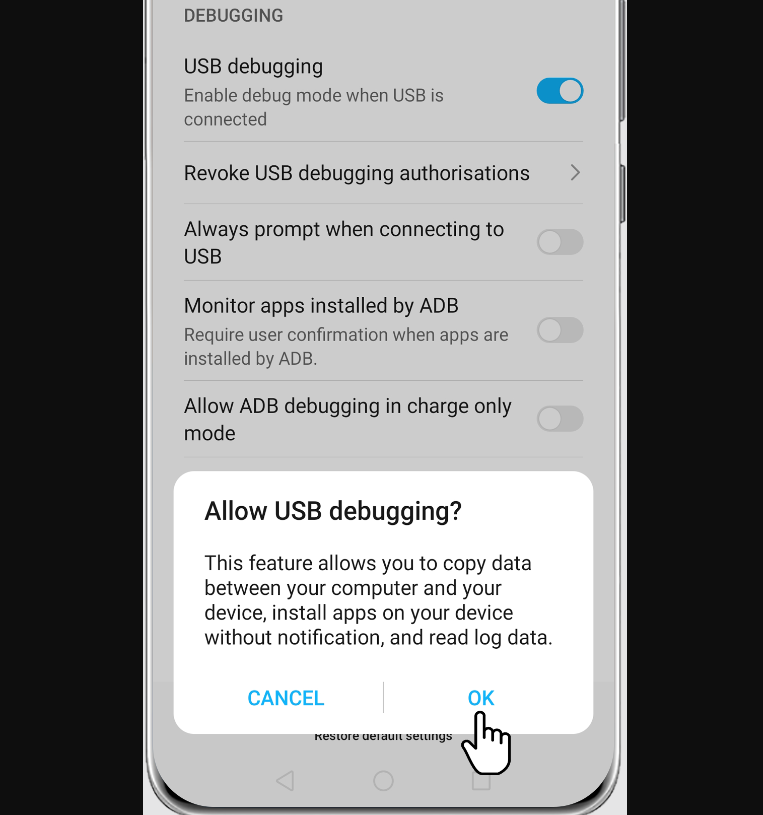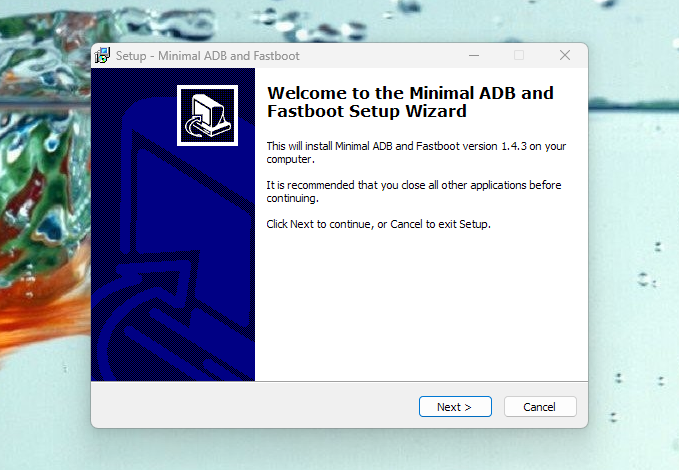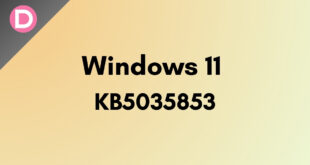ADB drivers are essential for connecting an Android device and sending ADB commands to it. You can send commands to debloat your device, unlock its bootloader, install custom ROMs, and more.
This guide will share two easy methods to connect your Android device to ADB and Fastboot. Let’s jump into it.
Setting up your Android device
Before installing the drivers on your Windows 11 PC, set up the Android device and ensure it’s ready to receive ADB commands. Follow the steps below:
- On your Android device, go to the Settings app.
- Go to About phone or System and tap on the Build Number several times until you see a message saying, “You’re now a developer!”
- Now, go to Additional Settings> Developer options.
- Turn on the toggle next to USB Debugging.
- Then, connect your phone to your Windows PC using a USB cable.
- On your phone, tap USB mode and select File Transfer (MTP).
- Voila! Your Android device is now ready to get started.
Method 1: Using Minimal ADB and Fastboot Drivers
Developers over at XDA have developed a better and simpler version of ADB drivers called Minimal ADB and Fastboot. This is the easiest of all the methods mentioned in this guide. Follow the steps below:
- Download and extract the latest Minimal ADB and Fastboot zip file.
- Once extracted, right-click on the setup ADB file and select Run as administrator.
- Click “Yes” on the UAC prompt.
- In the installation window, click Next and select the C drive for the installation path (or the system drive).
- Follow the on-screen instructions to complete the installation.
- When you want to use ADB, double-click the minimal ADB and fastboot shortcut, and you will see a terminal window appear. You can enter your ADB commands here.
- Enter “adb devices” to check for connected devices.
- On your phone, tap “Allow” when prompted.
- Enter “adb devices” again, and your device should be listed.
Method 2: Using SDK Platform Tools
Using the traditional SDK platform tools, you can install the ADB drivers on your Windows 11 PC. This process can be inconvenient, but it’s reliable since several users have tried and tested it over several years. Follow the steps below:
- Download and extract the SDK platform tools for Windows.
- Extract the folder into the C drive (or the system drive) for convenience. The path should be C:\platform-tools.
- Go to the platform-tools folder, type cmd in the address bar, and hit Enter. Alternatively, right-click on an empty area in the folder and select “Open in Terminal.”
- Enter “adb devices” to check for connected devices.
- On your phone, tap “Allow” when prompted.
- Enter “adb devices” again, and your device should be listed.
- Repeat Step 3 each time you want to use ADB.
Here is a more detailed explanation (TechnoCraze Chanel / Youtube):
Troubleshooting
If the device is not being detected, you can try the troubleshooting steps listed below:
1. Try a Different USB Port:
Not all of your USB ports might support USB debugging or MTP. So, if one port isn’t working, try another one, and the issue should be resolved. Ensure that the connection is firm on both ends and that USB debugging is enabled.
2. Update Device Drivers:
- Press the Windows key + X on your keyboard and select Device Manager.
- Click on the small PC icon with a magnifying glass on the top to check for updates.
- Click on the arrow (>) next to Portable Devices.
- Click on Update driver.
- Select Search automatically for drivers.
- Restart your PC, and the drivers will be installed automatically.
Final Words
To send ADB and Fastboot commands to your Android device, you must install both the ADB software and the drivers. Windows is infamous for having connectivity and driver issues, and this one is no surprise.
Hopefully, this guide has helped you install the ADB drivers on your Windows 11 PC. Pick any of the two methods which should get the job done. If you still face an error or an issue installing the drivers, try again after restarting your PC. You can also comment below, and we will try to help you.





